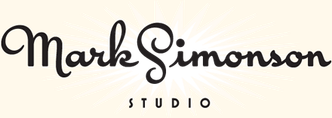About Synergy Light Italic
Synergy Light Italic is a part of the Synergy font family. It includes OpenType features such as common ligatures, fractions, and several more. Synergy Light Italic is ideal for infographics, magazine, and newspaper usage.
Synergy (2025) is a clean, simplified grotesque. It came out of an idea Mark Simonson had in 1981 for a “friendly” sans serif with somewhat rectilinear forms and very few angles. Some might say it is similar to Univers. It has fairly even widths for a uniform appearance, but features a two-story “g” to relieve the monotony. It’s comfortable to read in text, and the range of weights — from Hairline to Ultra — also make it suitable for display use. It is available in two variable fonts and features matching italics, small caps for all weights, and even has a handy set of dingbats.
Language Support
Language Support
- Catalan
- Croatian
- Czech
- Danish
- Dutch
- English
- Filipino
- Finnish
- French
- Fula
- German
- Hungarian
- Indonesian
- Italian
- Latvian
- Malay
- Maltese
- Norwegian
- Polish
- Portuguese
- Romanian
- Slovak
- Slovenian
- Spanish
- Swedish
- Turkish
Features
OpenType Features
- Common Ligatures
- Fractions
- Lining Numerals
- Old Style Numerals
- Ordinal Numerals
- Proportional Numerals
- Small Capitals
- Small Capitals for Capitals
- Stylistic Sets
- Subscript
- Superscript
- Tabular Numerals
